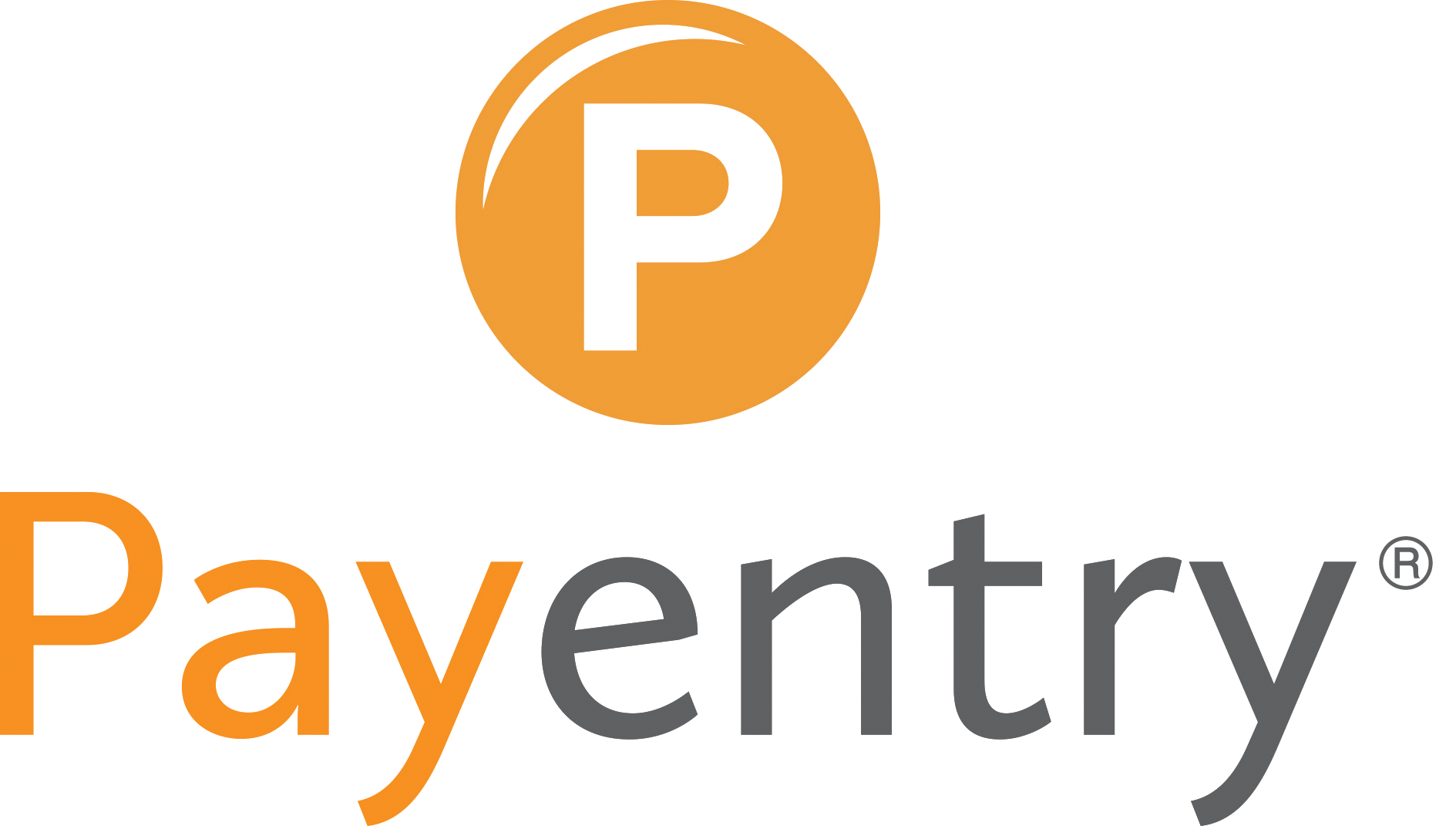
How to Leverage Payroll Data for Employee Insights and Decision-Making
by Michael Reis, Vice President of Sales
Payroll has traditionally been seen as a back-office function that is essential and operational. However, in today’s data-driven business landscape, payroll is emerging as a powerful source of strategic insight. At Payentry, we work with organizations of all sizes to help them realize that payroll data isn’t just about compensation. It’s a valuable resource of employee intelligence.
In this blog, I’ll share how leaders in HR, finance, and operations can use payroll data to drive better decision-making, boost employee engagement, and align workforce strategy with business outcomes.
- Uncover Trends in Employee Turnover and Retention
Payroll data can reveal patterns in employee departures that other systems might miss. By analyzing pay history, bonuses, and time-off usage leading up to an employee’s departure, business owners, executives and managers can identify risk factors for attrition and intervene earlier.
For example, is there a correlation between stagnant compensation and resignations in a certain department? Are high-performing employees receiving fewer merit increases than others? These are actionable insights that can come straight from payroll reports
- Optimize Compensation Strategies
Total compensation is one of the largest line items on any company’s balance sheet. How often is it reviewed with strategy in mind?
Payroll data enables the ability to analyze how compensation aligns with performance, market benchmarks, and pay transparency objectives. With this clarity, organizations can help ensure equitable pay practices, avoid compliance risks, and make informed decisions around raises, bonuses, and promotions.
- Improve Workforce Planning
Accurate, real-time payroll data helps leaders make smarter decisions about workforce scaling. Whether there are plans to expand into a new market or reduce overhead in a specific business unit, historical payroll trends offer a clear picture of labor costs, seasonal hiring needs, and budget allocations.
It also empowers finance teams to forecast expenses with greater precision, which reduces surprises and enhances agility.
- Drive Employee Engagement
Employees care deeply about pay transparency, equity, and timely compensation. Analyzing payroll data can help organizations identify inconsistencies, ensure on-time payments, and monitor benefit usage, all of which contribute to a positive employee experience.
When employees trust that their compensation is handled fairly and efficiently, they’re more likely to be engaged, loyal, and productive.
- Ensure Compliance with Confidence
Payroll is tightly linked to compliance, including taxes, labor laws, benefits eligibility, and more. Using data proactively helps organizations catch errors early, prepare for audits, and avoid costly fines. It also supports pay transparency initiatives by surfacing disparities in compensation or overtime practices that might otherwise go unnoticed.
Turning Data Into Action
The key to unlocking these insights is having access to reliable, integrated payroll data and knowing how to interpret it. At Payentry, we provide the tools and support to turn payroll from a processing function into a strategic advantage.
If you’re ready to start leveraging your payroll data for better business decisions, we’re here to help.
Our personnel management professionals provide expert support in payroll, workforce management, human resources, benefits administration, and retirement planning services.
For the latest updates, to view our webinars, and listen to our podcasts, visit and follow us on LinkedIn, Facebook, X, Instagram, YouTube and Spotify.
Learn more about how we can help you achieve your goals, address challenges, and resolve issues with speed and precision by conveniently scheduling an appointment with our team. And to speak directly with an experienced payroll professional, please contact us at 888.632.2940 or simply Click Here and Let’s Talk.
* MPAY LLC dba Payentry (Company), is not a law firm. This article is intended for informational purposes only and should not be relied upon in reaching a conclusion in a particular area of law. Applicability of the legal principles discussed may differ substantially in individual situations. Receipt of this or any other Company materials does not create an attorney-client relationship. The Company is not responsible for any inadvertent errors that may occur in the publishing process.

